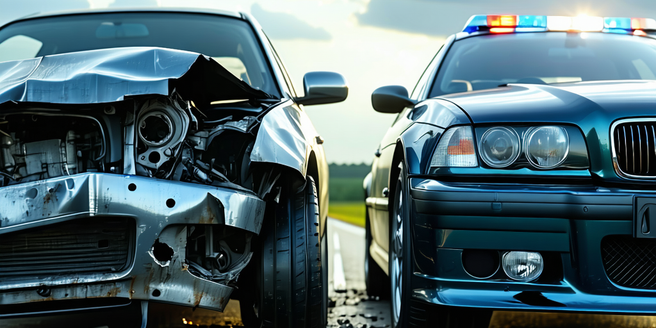
Understanding Head-on Collisions
Head-on collisions occur when the front ends of two vehicles meet, usually while traveling in opposite directions. These types of accidents are often devastating due to the force involved, leading to significant damage and injuries. Drivers might end up in head-on collisions due to impaired visibility, distractions, or drifting into opposing lanes. It’s essential to understand that while such crashes are not the most common, they account for a high percentage of fatal crashes. These accidents typically occur on rural roads or highways, where vehicles travel at high speeds, increasing the potential for severe impacts. Understanding head-on collisions involves recognizing the risk factors involved and how critical it is to stay alert and focused on the road at all times.
Common Causes of Head-on Collisions
Head-on collisions are often caused by factors such as driver fatigue, impairment from alcohol or drugs, or distractions such as mobile phone use. Another common cause is poor road conditions, including confusing signage or poorly marked lanes that lead drivers onto incorrect routes. Furthermore, reckless driving behaviors like overtaking in the face of oncoming traffic or misjudging gaps can also precipitate such collisions. Adverse weather conditions that impair visibility or road traction play a significant role as well. However, human error remains a primary contributor, emphasizing the importance of attentive driving and adherence to traffic laws to prevent such serious and often deadly accidents.
Types of Damage from Head-on Collisions
The damage resulting from head-on collisions is often catastrophic, involving both structural and mechanical harm to vehicles. Front-end collisions can crumple the engine bay, damage the front suspension, and affect steering integrity. Occupants in the vehicle experience the brunt through rapid deceleration impacts, potentially leading to severe injuries. Airbags deploy, windshields shatter, and car frames can be compromised, leaving a wrecked shell that’s challenging and costly to repair. Internal components may also sustain damage, complicating the aftermath further. Evaluating the extent of vehicle damage involves assessing both visible and hidden mechanical issues, often requiring comprehensive inspections by professionals.
Assessing Vehicle Damage Post-Collision
Assessing vehicle damage after a collision involves a meticulous examination of both the car’s exterior and its mechanical integrity. The first step is a visual inspection to note any obvious dents, scratches, or misalignments. It’s essential to check vital areas like the engine compartment, suspension system, and undercarriage for any significant harm. Parts such as bumpers, radiators, and engine mounts often take the impact and are checked for failure. Comprehensive damage assessment includes diagnostic tests to identify less visible issues, such as electronic malfunctions or structural discrepancies that might not be immediately apparent. This detailed assessment is crucial for insurance claims and repairs.
Injuries Commonly Sustained in Collisions
Injuries from head-on collisions are often severe due to the high-speed forces involved. Occupants may suffer from head trauma due to hitting the steering wheel or windows, while seat belts can cause rib fractures or internal injuries as they restrain passengers against impact forces. Whiplash, resulting from the sudden front-to-back deceleration, can lead to neck and spinal injuries. Limbs are also at risk; broken bones or dislocations occur when passengers are thrown forward. More severe injuries might involve internal organ damage, concussions, or even paralysis. Immediate medical attention is crucial to address these injuries efficiently and to prevent complications.
Legal Steps to Take After a Collision
Following a head-on collision, taking the correct legal steps is paramount to ensure your rights and claims are well protected. First, contact the authorities immediately to file an official report, as this will serve as a crucial piece of documentation. Gather evidence from the scene—photographs, witness accounts, and contact information of involved parties. Notify your insurance company promptly to report the accident. It may be essential to seek legal counsel, especially if injuries are severe or if fault is being disputed. An attorney can guide you through the process of claiming compensation for damages or injuries sustained and will be instrumental in negotiating with insurance companies for a fair settlement.
